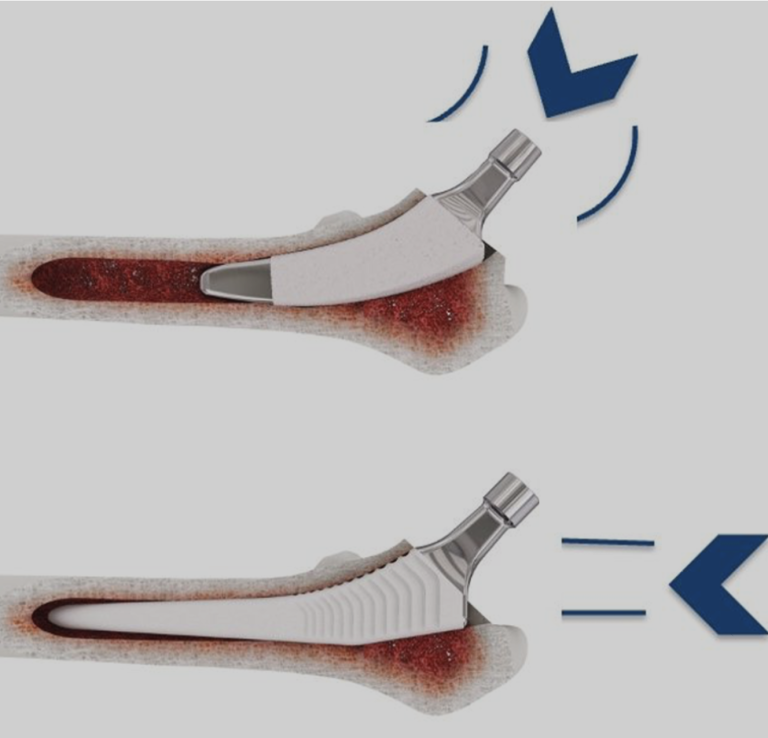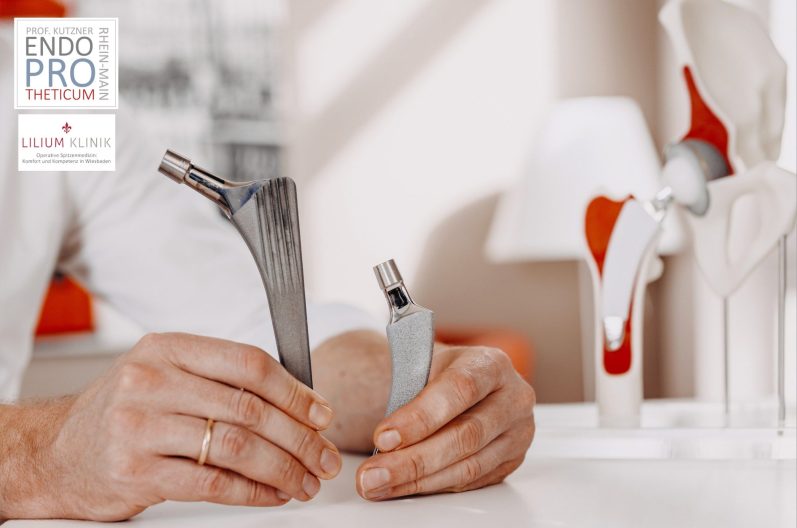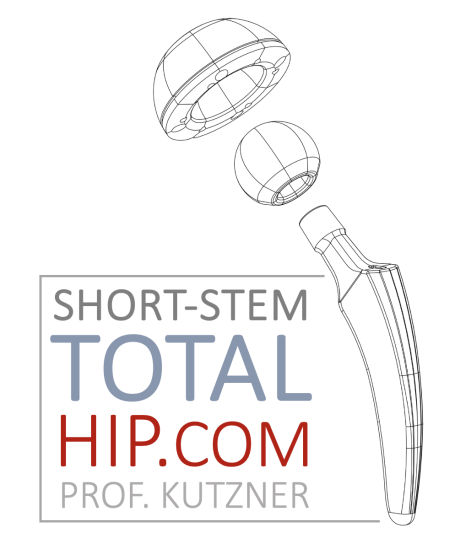Short-stem total hip arthroplasty offers numerous advantages
Total hip arthroplasty has witnessed significant advancements in recent years with the emergence of short-stem implants. Traditionally, THA involved the use of longer femoral stems, but the advent of short-stem technology has brought about a paradigm shift in hip replacement surgery. It's important to note that while short-stem THA has gained popularity and shown positive outcomes in many cases, the choice of implant and surgical approach is highly individualized. Surgeons need to consider factors such as the patient's anatomy, age, bone quality, and activity level when determining the most suitable implant and technique. The philosophy of short-stem THA reflects a broader trend in orthopedics towards more personalized and minimally invasive approaches to joint replacement surgery.
Here are some of the most important potential benefits:

Advantages and clinical benefits in short-stem THA
Bone Preservation and its Significance
One of the paramount advantages of short-stem total hip arthroplasty (THA) lies in its emphasis on bone preservation. Unlike traditional long-stem implants, which may necessitate the removal of more natural bone, short-stem implants are designed to engage the metaphyseal region, preserving the integrity of the proximal femur. This bone-preserving approach is particularly advantageous for younger and more active patients who may require future revisions.
Preserving bone stock is crucial for several reasons. First, it allows for greater flexibility in potential future revisions, as more natural bone remains available for the implantation of larger or longer stems if necessary. Second, maintaining bone stock contributes to the overall longevity of the implant and reduces the risk of complications associated with bone loss, stress shielding, and periprosthetic fractures.
Minimally Invasive Surgery: Enhancing Recovery
The association of short-stem THA with minimally invasive surgical (MIS) techniques has significant implications for the postoperative recovery of patients. Minimally invasive approaches involve smaller incisions, leading to reduced soft tissue disruption and less trauma to surrounding structures. This results in decreased postoperative pain, shorter hospital stays, and faster overall recovery for patients undergoing short-stem THA.
The benefits of minimally invasive surgery extend beyond immediate recovery. Patients often experience improved mobility and function sooner, contributing to a more favorable rehabilitation process. The reduced disruption to surrounding tissues also minimizes the risk of complications, making short-stem THA an attractive option for those seeking a quicker return to daily activities.
Improved Range of Motion
Maintaining or improving the patient's natural range of motion is a central goal of short-stem THA. The design principles of short-stem implants prioritize anatomical considerations, aiming to closely mimic the natural shape and orientation of the proximal femur. This approach contributes to enhanced stability and load transfer, resulting in improved functional outcomes.
Patients undergoing short-stem THA often report an improved range of motion compared to traditional long-stem procedures. This can be particularly beneficial for individuals who wish to maintain an active lifestyle, as a better range of motion facilitates activities such as walking, bending, and engaging in recreational pursuits.
Enhanced Stability and Reduced Dislocation Risk
Short-stem implants are designed to provide enhanced stability, potentially reducing the risk of postoperative hip dislocation. The engagement of the metaphyseal region, coupled with anatomical considerations, contributes to a secure fit and optimal load transfer. This enhanced stability is particularly valuable for patients who may be at a higher risk of dislocation, such as those with certain anatomical variations or those who engage in activities that place additional stress on the hip joint.
Reducing the risk of dislocation is a critical factor in the long-term success of hip replacement surgery. Enhanced stability not only contributes to the overall satisfaction of patients but also supports a more durable and functional implant over time.
Patient Satisfaction and Quality of Life
The cumulative effect of the advantages associated with short-stem THA contributes to increased patient satisfaction and improved quality of life. Patients often report less postoperative pain, quicker recovery, and a more positive overall experience compared to traditional hip replacement procedures. The preservation of bone stock, enhanced stability, and improved range of motion contribute to a sense of well-being and confidence in the longevity of the implant.
The positive impact on quality of life extends beyond the physical realm. Patients undergoing short-stem THA often experience improved psychological well-being, as they regain mobility and the ability to participate in activities that may have been limited by hip joint disorders. The satisfaction of patients with their surgical outcomes is a crucial measure of success in orthopedic interventions.


Wir benötigen Ihre Zustimmung zum Laden der Übersetzungen
Wir nutzen einen Drittanbieter-Service, um den Inhalt der Website zu übersetzen, der möglicherweise Daten über Ihre Aktivitäten sammelt. Bitte überprüfen Sie die Details in der Datenschutzerklärung und akzeptieren Sie den Dienst, um die Übersetzungen zu sehen.

